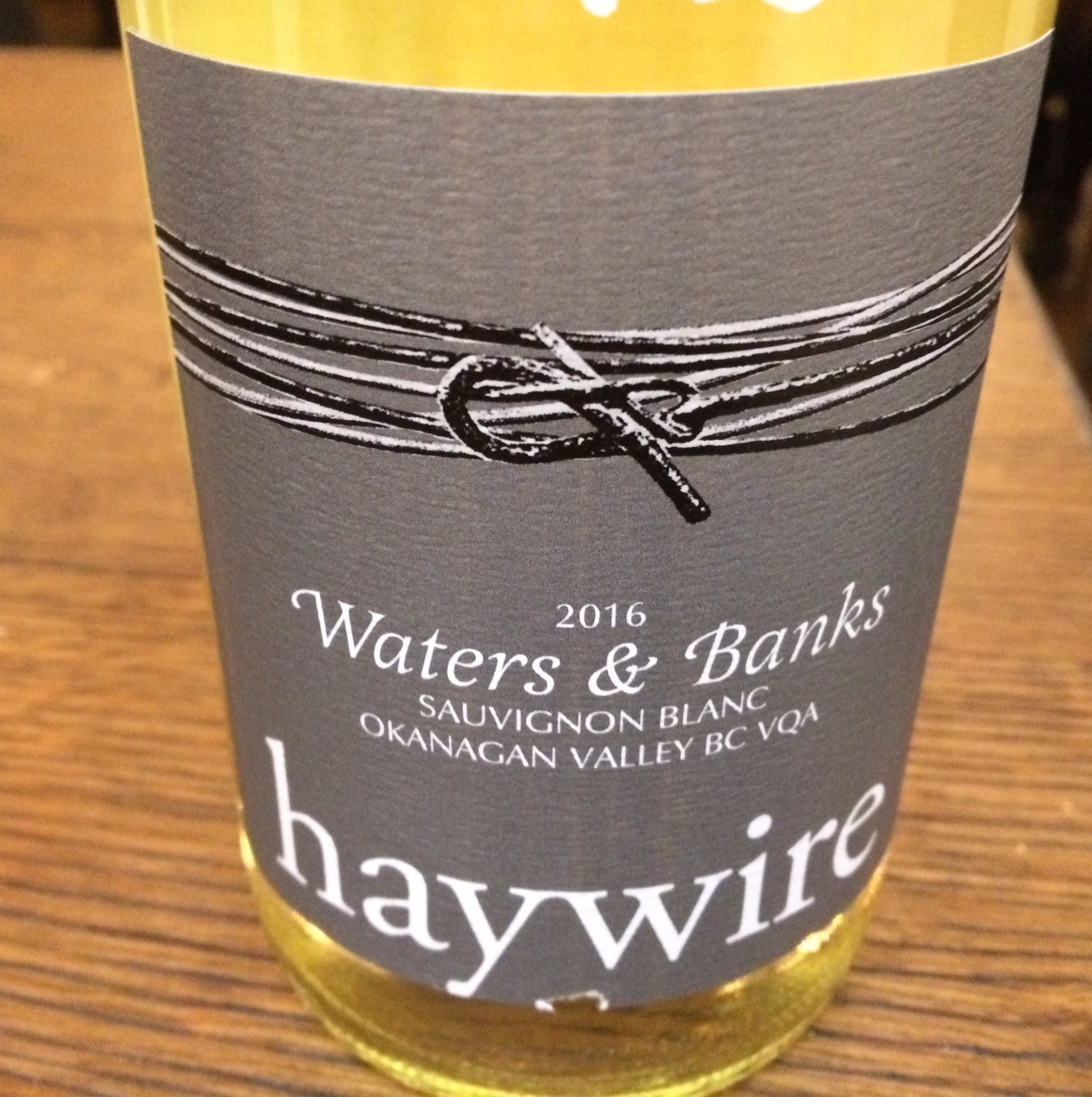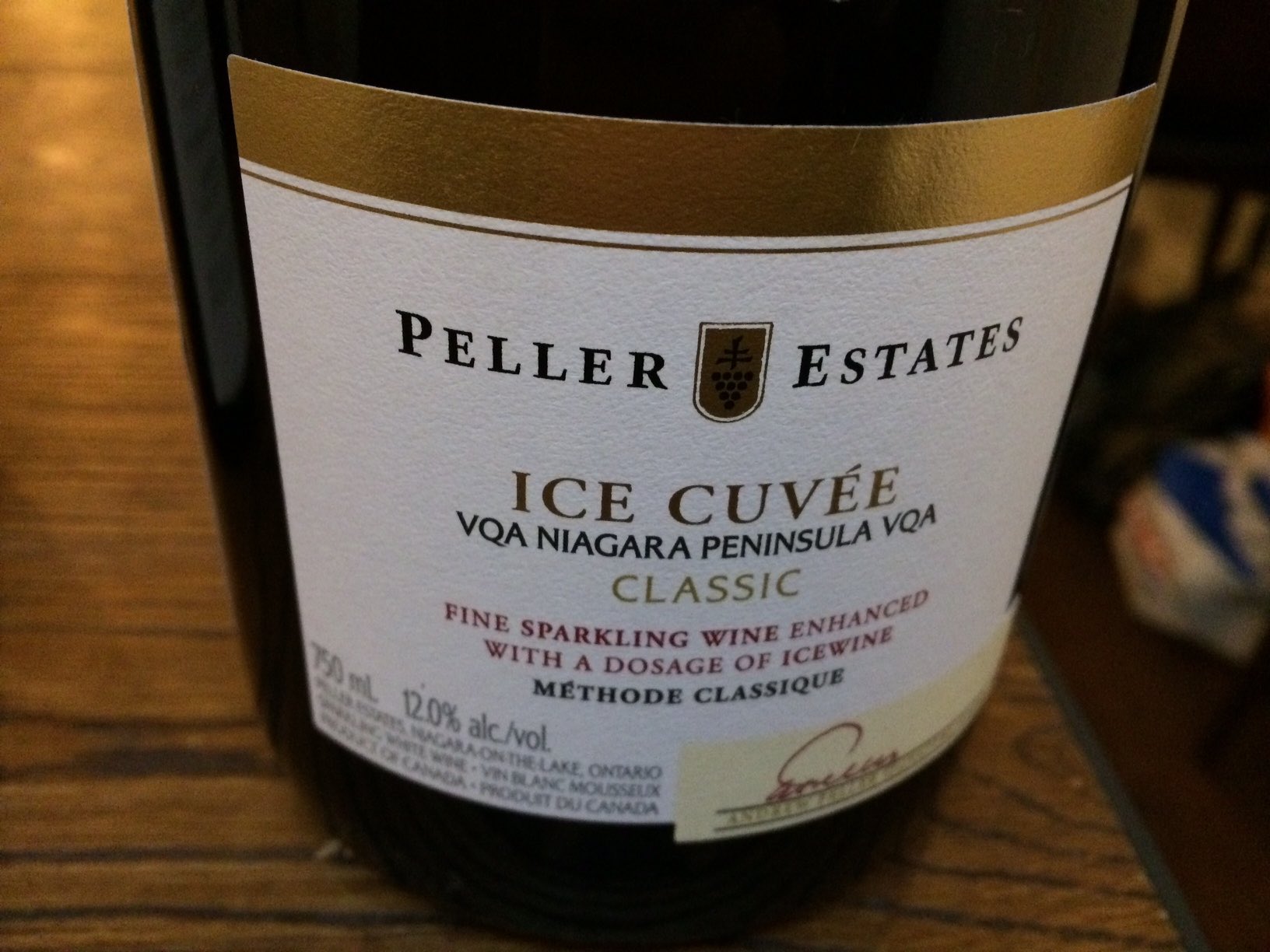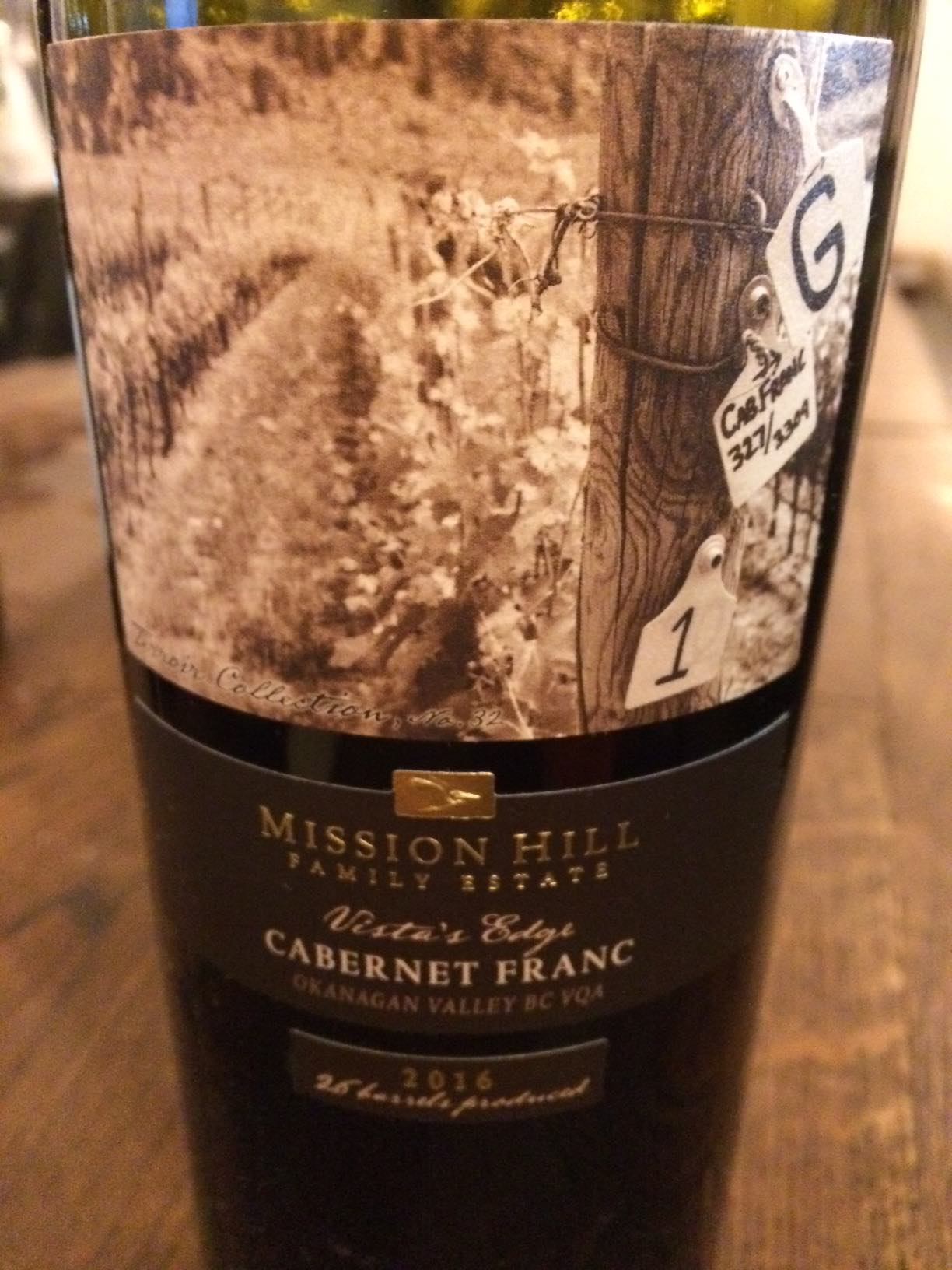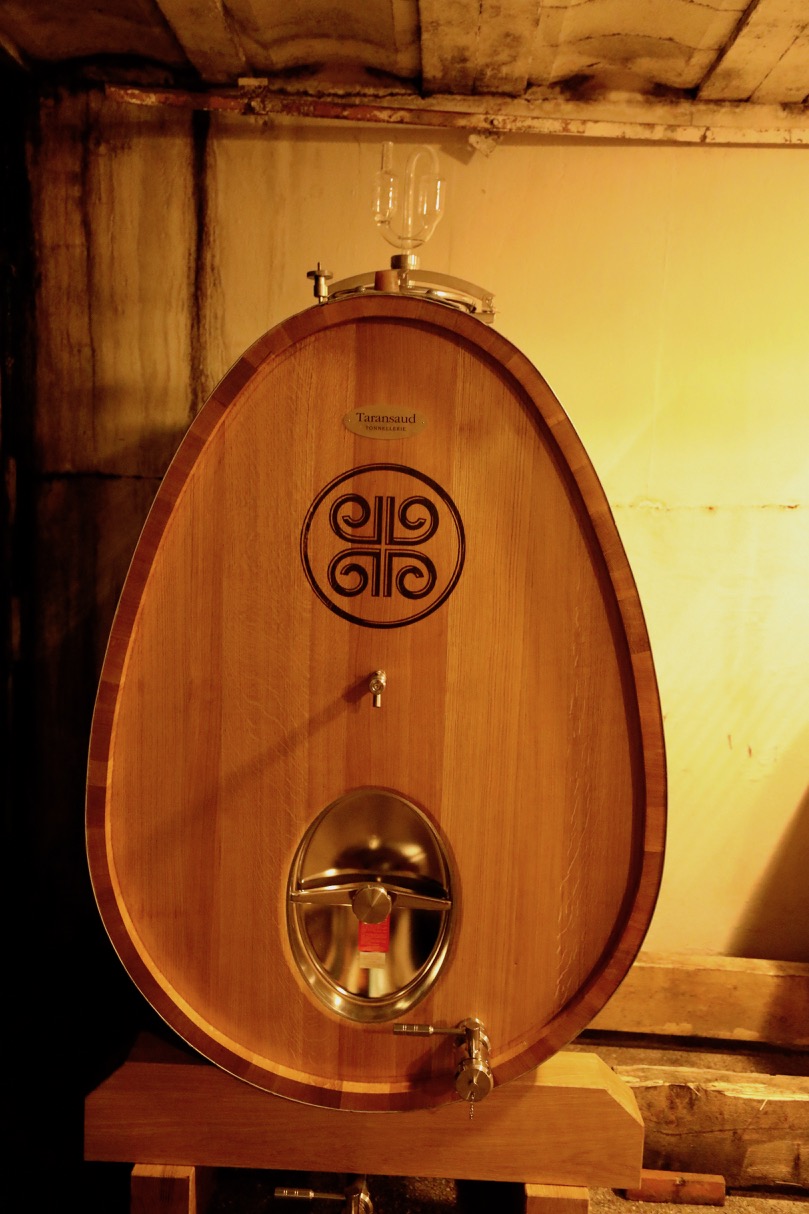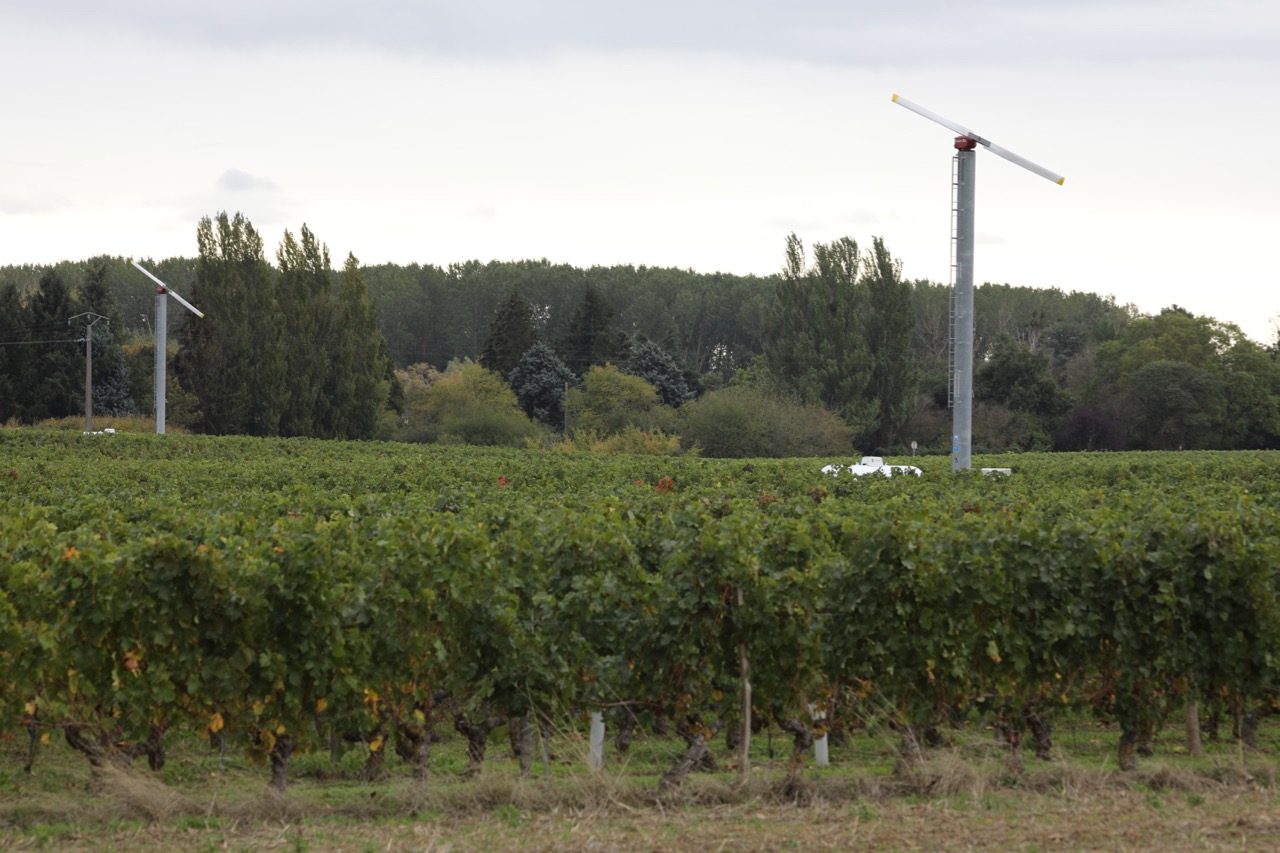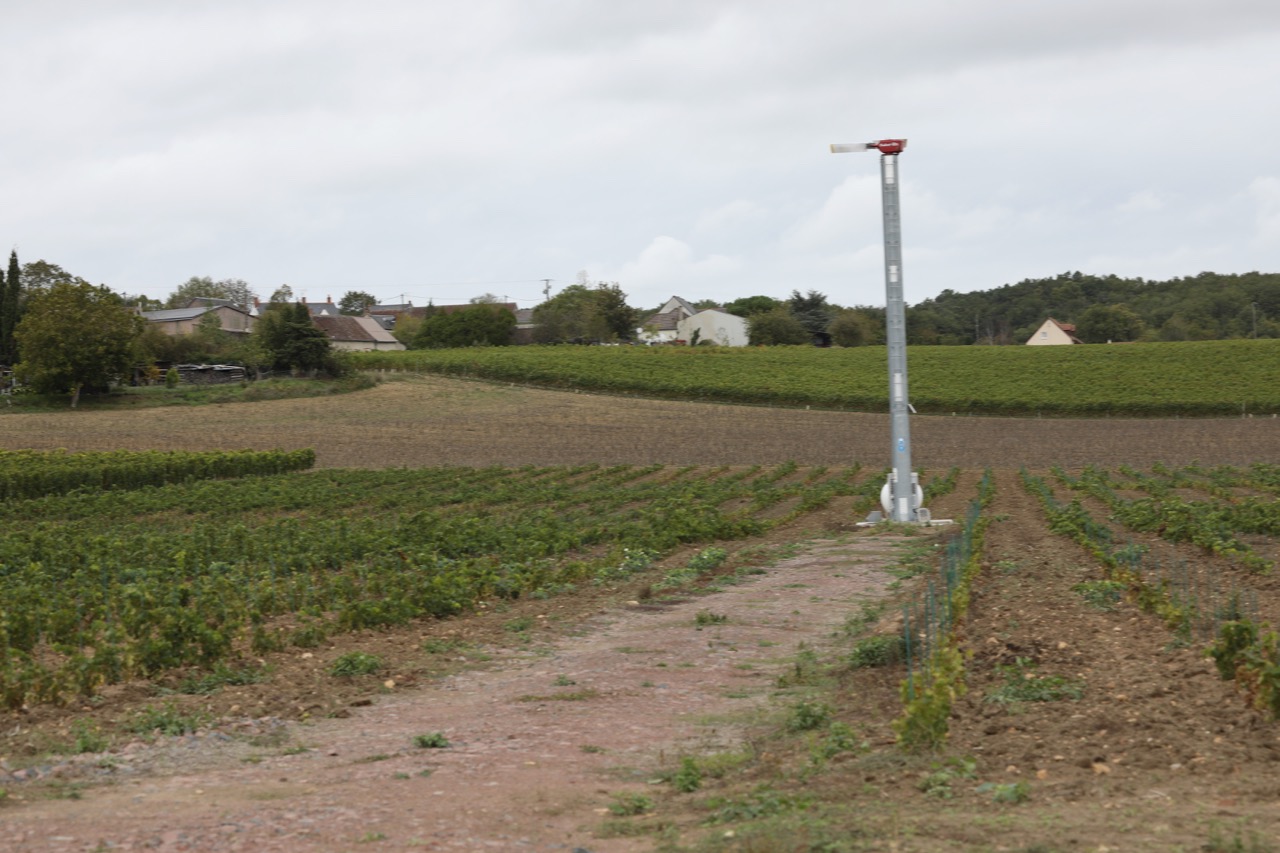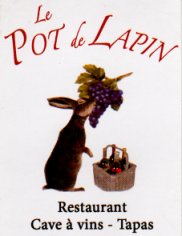Anges Vins 2019: 30th November - 1st December 2019

Explanation:
'Dix-huit vignerons et vigneronnes originaires d'Anjou (département du Maine et Loire) seront présents pendant trois jours pour faire déguster et vendre leurs vins produits en agriculture biologique. L'entrée du salon est au tarif de 5€. Un verre sera offert à chaque visiteur pour goûter aux vins présentés par les vignerons :
- Domaine Mosse
- Domaine de Juchepie : Mileine et Eddy Oosterlinck
- Domaine de Bablut : Christophe Daviau
- Jérôme Saurigny
- Les Vignes de Babass : Sébastien Dervieux
- Benoit Courault
- Didier Chaffardon
- Nadège Herbel
- Domaine des Sablonettes : Famille Ménard
- Le clos des plantes : Olivier Lejeune
- Guillaume Noire
- Toby Bainbridge
- Patrick Baudouin
- Jean Christophe Garnier
- Domaine de Mirebeau : Bruno Rochard
- Stephan PZ
- Thomas Zurbach
- Nicolas Arnou
Car tous les vignerons présents au salon, produisent des vins issus de l'agriculture biologique depuis de nombreuses années et plus de vingt ans pour les plus anciens.
En plus du vin, il sera possible, tout au long du week-end, d'acheter des produits bios et locaux proposés par des producteurs d'Anjou.
Côté restauration
Laure et Arnaud : crêpes et galettes.
La Grande Tablée : restauration végétarienne.
Le coquillage breton d'Olivier Corbin : ostréiculteur.
Et toujours les supers sandwiches des Angesvins
Côté marché
Le Grain Perché : torréfacteur
Gaec Bellis Pérennis : fromages
Alex Fagat : poissons de Loire
Les ruchers de la terre ferme : apiculteur
Les jardins de l'amandier : tisanes
Franck Perrault : boulanger
Brasserie des Fontaines : bière.
Au salon Anges Vins, on aime bien finir la journée par l'apéro et en musique. Alors, le samedi 30 novembre, à partir de 19h, c'est le groupe RadioForro qui proposera un apéro à base de musique Brésilienne à danser et de vins d'Anjou à déguster. Une émission de bonnes ondes pour garder la bonne fréquence !
Informations pratiques :
Salon Anges Vins - Dégustation et vente de vins produits par des vignerons en bio.
Salle Jean de Pontoise - 49190 Saint Aubin de Luigné
Accès Google Maps
Samedi 30 novembre : de 10h à 19h - Apéro concert à partir de 19h et repas.
(Modalités de réservation à venir)
Dimanche 1er décembre : de 10h à 19h
Lundi 2 décembre : de 10h à 13h
Entrée : 5€ - Verre offert
Parking - Restauration sur place pendant tout le salon.
Suivez toute l'actualité du salon sur www.facebook.com/lesangesvins'
Salon Anges Vins - Dégustation et vente de vins produits par des vignerons en bio.
Salle Jean de Pontoise - 49190 Saint Aubin de Luigné
Accès Google Maps
Samedi 30 novembre : de 10h à 19h - Apéro concert à partir de 19h et repas.
(Modalités de réservation à venir)
Dimanche 1er décembre : de 10h à 19h
Lundi 2 décembre : de 10h à 13h
Entrée : 5€ - Verre offert
Parking - Restauration sur place pendant tout le salon.
Suivez toute l'actualité du salon sur www.facebook.com/lesangesvins'



